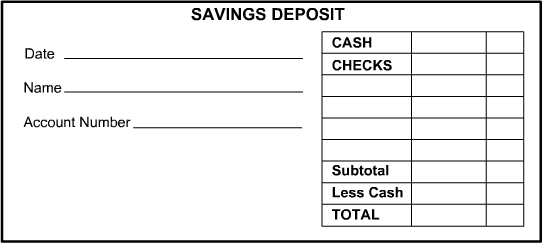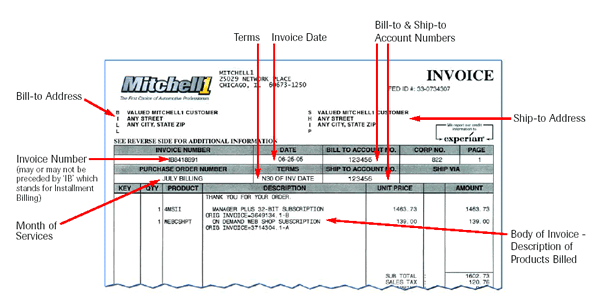Sem. 1 Final
By Valentina Torres
- Name the 5 functions of management and explain each?
- Planning: This step involves mapping out exactly how to achieve a particular goal. Say, for example, that the organization's goal is to improve company sales. The manager first needs to decide which steps are necessary to accomplish that goal. These steps may include increasing advertising, inventory, and sales staff. These necessary steps are developed into a plan. When the plan is in place, the manager can follow it to accomplish the goal of improving company sales.
- Organizing: After a plan is in place, a manager needs to organize her team and materials according to her plan. Assigning work and granting authority are two important elements of organizing.
- Staffing: After a manager discerns his area's needs, he may decide to beef up his staffing by recruiting, selecting, training, and developing employees. A manager in a large organization often works with the company's human resources department to accomplish this goal.
- Leading: A manager needs to do more than just plan, organize, and staff her team to achieve a goal. She must also lead. Leading involves motivating, communicating, guiding, and encouraging. It requires the manager to coach, assist, and problem solve with employees.
- Controlling: After the other elements are in place, a manager's job is not finished. He needs to continuously check results against goals and take any corrective actions necessary to make sure that his area's plans remain on track.
Being Socially Responsible means that people and organizations must behave ethically and with sensitivity toward social, cultural, economic and environmental issues. Striving for social responsibility helps individuals, organizations and governments have a positive impact on development, business and society with a positive contribution to bottom-line results.
3. Difference between a credit union and a bank.
4. Gross Pay:
The total of an employee's regular remuneration including allowances, overtime pay, commissions, and bonuses, and any other amounts, before any deductions are made.
5. Net Pay:
Portion of a salary or wages that an employee actually gets (takes home) after paying all deductions and taxes.
6. Checking Account:
A bank account which pays little or no interest, but from which the customer can withdraw money when he or she wants by writing checks.
7. Savings Account:
Bank or other depository institution account from which withdrawals can be made.
8. Where is a check number located on the check?
Right side, top corner.
9. Where do you sign a check?
Sign the check on the line in the bottom right corner. Your check will be invalid if it is not personally signed.
10. What does - Pay to the order of mean?
A check or draft that must be paid via endorsement and delivery. Pay-to-order instruments are negotiable checks or drafts that are generally written as "pay to X or order." These instruments stand in contrast to pay-to-bearer instruments, which do not require endorsement.
11. A Pay check comes from whom?
Your employer's payroll department.
12. Deposit slip is used for what?
A deposit slip is used to record the amount you want to add to your account. In addition to the deposit slip you would have the corresponding equivalents is some form: Cash, coins, checks.
13. What do you fill out on a deposit slip if you want cash back?
If you want to deposit your checks and get cash at the same time, write the amount of cash you want to take out in the row of blanks that is indicated for "less cash received," then sign the slip on the line that says "sign here for cash received." If you don't want cash, skip this step.
14. You endorse a check where?
Credit union or bank.
15. Why must you endorse a check that you received?
In order to get your money from the bank, you need to sign the check over to them. By endorsing the check you are attesting to the fact that you have transferred said document to them and they can draw on that account.
16. Name the 3 ways to endorse a check. Explain what each way means.
Strategic planning is an organization's process of defining its strategy, or direction, and making decisions on allocating its resources to pursue this strategy. It may also extend to control mechanisms for guiding the implementation of the strategy.
The total of an employee's regular remuneration including allowances, overtime pay, commissions, and bonuses, and any other amounts, before any deductions are made.
5. Net Pay:
Portion of a salary or wages that an employee actually gets (takes home) after paying all deductions and taxes.
6. Checking Account:
A bank account which pays little or no interest, but from which the customer can withdraw money when he or she wants by writing checks.
7. Savings Account:
Bank or other depository institution account from which withdrawals can be made.
8. Where is a check number located on the check?
Right side, top corner.
9. Where do you sign a check?
Sign the check on the line in the bottom right corner. Your check will be invalid if it is not personally signed.
10. What does - Pay to the order of mean?
A check or draft that must be paid via endorsement and delivery. Pay-to-order instruments are negotiable checks or drafts that are generally written as "pay to X or order." These instruments stand in contrast to pay-to-bearer instruments, which do not require endorsement.
11. A Pay check comes from whom?
Your employer's payroll department.
12. Deposit slip is used for what?
A deposit slip is used to record the amount you want to add to your account. In addition to the deposit slip you would have the corresponding equivalents is some form: Cash, coins, checks.
13. What do you fill out on a deposit slip if you want cash back?
If you want to deposit your checks and get cash at the same time, write the amount of cash you want to take out in the row of blanks that is indicated for "less cash received," then sign the slip on the line that says "sign here for cash received." If you don't want cash, skip this step.
14. You endorse a check where?
Credit union or bank.
15. Why must you endorse a check that you received?
In order to get your money from the bank, you need to sign the check over to them. By endorsing the check you are attesting to the fact that you have transferred said document to them and they can draw on that account.
16. Name the 3 ways to endorse a check. Explain what each way means.
- Basic endorsement: basic deposit
- Restrictive endorsement: Deposit only.
- Special endorsement: Transferring the check to another party.
Strategic planning is an organization's process of defining its strategy, or direction, and making decisions on allocating its resources to pursue this strategy. It may also extend to control mechanisms for guiding the implementation of the strategy.







